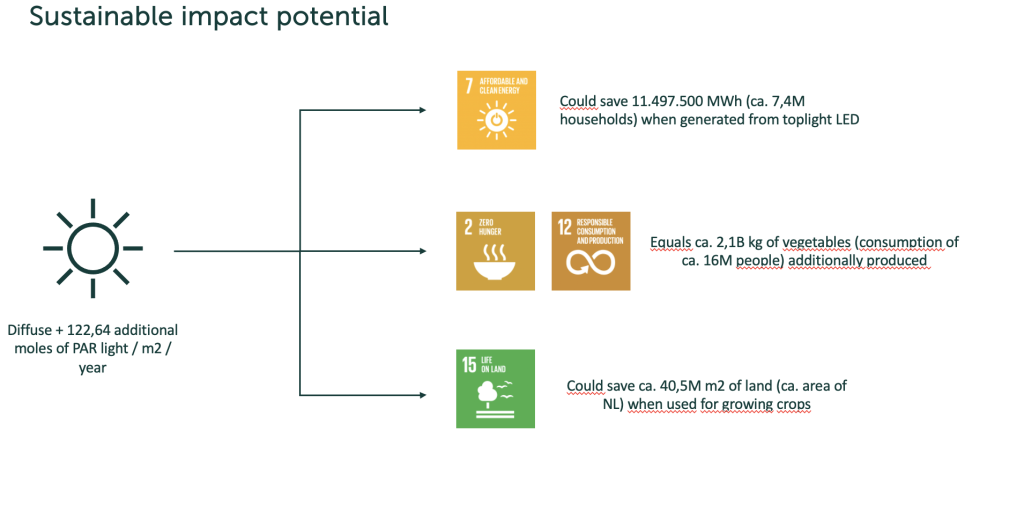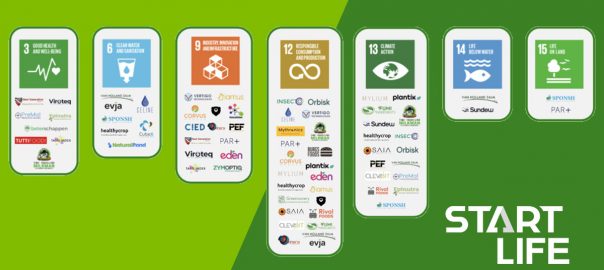As one of Europe’s leading agrifoodtech accelerators, StartLife supports startups shaping a sustainable food system. Loet Rammelsberg, StartLife’s Program Director, did a quick study and analysis of what the Sustainable Development Goals mean to our startups and how they link them to their impact.
In 2015, the United Nations launched and adopted 17 sustainable development goals, the so-called SDGs. The 17 SDGs clearly cannot encompass all global challenges, including those in food & ag. However, the SDGs do provide a good reference point. And if many contribute to them, there is a good chance that we will succeed in achieving them.
While actively supporting hundreds of agrifoodtech startups, we wondered what the SDGs actually mean for our startups and how they link them to their impact. The following questions came to our mind:
- How important are sustainable development goals for our startups?
- Which development goals are most “popular” in agrifoodtech?
- Are our startups actively tracking their impact on the SDGs?
To find the answers to these questions, we got out of the (virtual) building and approached our alumni. Their responses were overwhelming and very detailed. This is what we learned from talking to +30 founders on SDG’s.
- For many founders, impact is, in fact, the main reason why they started their business. Not the money. Not the tech.
- Most of our alumni are actively contributing to SDG-12 (sustainable consumption and production) and SDG-13 (climate change). You could say that these goals are most “popular” in agrifoodtech.
- But, only 1 out of 5 startups actively measures their impact or has a method in place to start tracking their impact once their business takes off.
If impact is the main reason for starting their business, why then are they not actively measuring their impact ? When we asked some of our alumni, we received a response in line with one or more of the following six statements.
- “It’s too complex to measure”
- “We’re not selling yet”
- “It’s in our mission statement”
- “We’ve done calculations showing the CO2 savings”
- “We do take it into account in our product development”
- “We’re not tracking our impact (yet), but would like to learn how other startups are doing this”
After learning about the different counter arguments, we asked the startups that are tracking their impact for some tips and tricks to make a start.
So, what are the quick wins?
Our startups provided the following five suggestions to get a quick start in adopting and measuring sustainability goals:
1) Insert a slide in your deck that is dedicated to impact
Most likely this will be somewhere in your back-up slides. The more you can quantify your impact, the better. See the following example of PAR+.

2) Perform a high level Life Cycle Analysis (LCA)
A LCA shows the positive effect your product or service has on the environment (inputs, manufacturing, packaging, distribution, use & disposal). To do a first assessment, you could ask a group of WUR students to support you.
3) Start calculating your Carbon Footprint
If you do a Google search on ‘Calculating Carbon Footprint’, you’ll see that most solutions to calculate your footprint are for existing businesses. If you want to calculate the impact of your solution on the carbon footprint we suggest using the CO2list website as a basis. It looks a little bit basic, but contains many figures which are relevant for F&A startups.
4) Choose one primary SDG goal
Tracking the impact for one SDG might be totally different from another. Therefore, the general advice from our alumni startups is to choose one or two core SDG’s to focus on.
5) Find an investor who is dedicated to impact
Partner up with a (pre)seed fund experienced in bringing impact to the market. By doing so, you will immediately start to track both financial as well as impact KPIs. Bonus tip: check StartLife’s investor partners.
Conclusion: know your impact potential
“To measure is to know.” This is a saying that is widely applicable across the world in many different industries. For early-phase startups it’s different though.
You can’t measure something that is not there yet.
It is particularly difficult to measure the (potential) impact of a solution that is not (fully) developed and on the market yet.
If you are working on an early-phase agrifoodtech startup and struggling to measure your impact, then you now know that you’re not alone.
By means of this ‘crowdsourced’ article, we aim to give you some tools and methods to help calculate the potential impact of your own solution.
If you have additional suggestions for tools or methods, please let us know. We’ll make sure to add them to our list.
